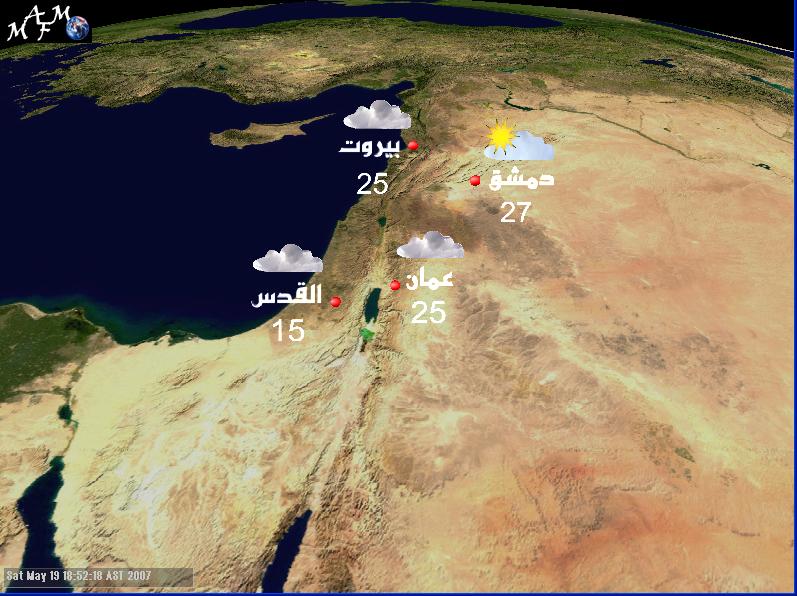 The Weather in Palestine: Being in the Middle East, one could be forgiven for not wanting to pack that extra jumper and warm jacket. However, depending on when you are coming, this would be a terrible mistake! Despite its location, Hebron, Palestine and Israel in general, do get cold – sometimes to the point of snow.
The Weather in Palestine: Being in the Middle East, one could be forgiven for not wanting to pack that extra jumper and warm jacket. However, depending on when you are coming, this would be a terrible mistake! Despite its location, Hebron, Palestine and Israel in general, do get cold – sometimes to the point of snow.
While it does get warm in the summer months, it definitely goes the opposite way in the winter – in fact, it gets very, very cold. On top of this, given the political and economic situation in Palestine, heaters are not widely available – because the West Bank has next to zero energy producing infrastructure and is largely dependent on Israel for its energy needs, energy prices can be very expensive. Therefore, while some families do have heaters (or fires), it is important to know that most often not all rooms will be heated. Also, given the heat in the summer months, homes are designed to keep the heat out, that is, they are cold by design. This though should not be a deterrent – while it does get very cold and can often take new travellers by surprise, it is nothing exceptional – Palestine is definitely not the coldest place in the world, just a lot colder than new international travellers seem to expect. So, if you are coming in the winter months – remembering that January and February are the most likely for snow – and debating whether to pack that extra-long sleeve shirt or jumper – do it, you will be glad you did.
Overall, the climate in Palestine is a Mediterranean one. In the summer months temperatures can get up 35 C, 95 F, however at night will drop significantly. At the other end, in winter, as already mentioned, it does get cold and can drop to below zero (a focus for the UN each winter are what it calls winterization projects to help Palestinians protect themselves from the cold). During the more rainy months in the winter, there tends be more rain in the north where the region is more elevated. Overall, average rainfall in Ramallah is around 715 millimetres per year, while Jericho, on the western slope of the Jordan Valley, the average rainfall per year is around 145 millimetres. Rainfall though is only a factor during the winter and spring months, mostly from October through to April. In the Dead Sea region, there is even less chance of rain. From April through to June it is possible to experience the Khamsin winds (Khamsin being an Egyptian word, in Israel they are referred to as sharav, and they are believed to be the same east winds mentioned throughout the Bible as ruach quadim in Hebrew). These dusty hot winds come from the Arabian deserts and have in the past been quite extreme.
The most important thing to remember regarding the weather in this part of the world is pack for the cold. If you are travelling during the colder months this is vital – it gets very cold and heating is limited. During the summer, when temperatures can reach 35 C at night they can drop to around 10 – 18 C depending on the month. For the nights then, jumpers are again important. For a good graph with average temperatures throughout the year check this site out here, and in the meantime, don’t forget to pack that jumper.


